The battle between short-term gains and long-term brand equity challenges even the most seasoned marketers. Traditionally, performance marketing and brand building have been seen at odds, with the former focused on immediate returns like clicks, sales, and leads and the latter on cultivating lasting relationships with consumers. However, as we delve deeper into the symbiotic potential of these strategies, a new paradigm emerges—one that promises a holistic approach to brand success.
What Is Brand Equity and Why It Matters
Ever wondered why people are willing to pay a premium for a Chanel purse or why they line up outside an Apple store for the latest iPhone release, even when similar products are available at a fraction of the price? The answer lies in a powerful concept known as brand equity. This term captures the essence of a brand’s value in terms of financial metrics and how consumers perceive, interact with, and feel about the brand.
Brand equity is built on several key pillars: brand awareness, brand associations, perceived quality, and brand loyalty. Each of these elements plays a crucial role in determining how a brand is valued in the market and the minds of consumers.
For example, a high level of brand awareness means that potential buyers recognize a brand; strong brand associations can include positive attributes such as reliability and luxury; perceived quality gives a product a stature of superiority over its competitors; and brand loyalty means customers keep coming back, often regardless of price.
Why does this matter? High brand equity translates into concrete business benefits: the ability to charge premium prices, lower marketing costs due to customer retention, and a competitive edge that can ward off rivals. Brand equity supports a company’s bottom line and is a critical strategic asset that can lead to sustainable business success.
After all, people don’t just ask, “Should we have pizza from Domino’s, Pizza Hut, or Papa John’s tonight?” They often ask, “Should we order from Domino’s, grab a frozen pizza from the supermarket, make a homemade pizza, or try a local pizzeria using Uber Eats?
Understanding Brand Equity from a Market Research Perspective
From a market research standpoint, understanding brand equity is essential. It’s not enough to know how many units are sold or how many clicks an ad receives; marketers need to understand why consumers choose one brand over another and how these choices are influenced by brand perception. Market research provides the insights necessary to gauge brand health, track changes over time, and identify the drivers of brand equity, thereby allowing brands to navigate their market positioning strategically.
The Rise of Performance Marketing
Performance marketing has emerged as a dominant force in the toolkit of modern marketers. Why is it so?
Performance marketing is a results-based approach focusing on achieving specific marketing objectives through targeted advertising campaigns, such as generating sales or leads. This form of marketing only incurs costs when specific actions—defined by measurable outcomes like a sale, a lead, or a click—are achieved, making it a highly accountable marketing strategy.
The dominance of performance marketing in today’s strategies is largely driven by its direct alignment with business outcomes and its adaptability to rapidly changing market conditions. Digital platforms such as Google Ads, Facebook, and affiliate networks have further facilitated the rise of performance marketing by providing tools that allow marketers to target audiences with unprecedented precision and scale. These platforms also offer real-time data, enabling marketers to adjust campaigns on the fly to optimize for the best possible results.
The appeal of performance marketing lies in its measurable, short-term benefits.
One of the key attractions of performance marketing is its ability to deliver measurable, short-term benefits that directly impact a company’s bottom line. This is particularly appealing in a business environment that increasingly prioritizes agility and responsiveness.
- Sales: Performance marketing drives immediate sales growth by reaching consumers when they are ready to purchase, often through tactics like search engine marketing and retargeting ads.
- Leads: For brands that rely on lead generation, performance marketing offers a way to fill the sales funnel efficiently. Campaigns can be specifically designed to capture user information through sign-ups, subscriptions, or other lead-generating activities.
- Clicks: In scenarios where traffic is a precursor to revenue, such as in media or blogging, performance marketing can effectively increase website or page visits, thereby boosting ad revenue and visibility.
Challenges of Brand Building in a Performance-Driven Market
While performance marketing has become a staple of the digital age, traditional brand building faces mounting challenges in proving its value in a market driven by immediate returns.
Brand Building and Its Traditional Metrics, Such as Awareness and Advocacy, Which Lack Direct Links to Financial Performance
Brand building is the process of creating and nurturing a strong, positive perception of a company, its products, or services in the customer’s mind by combining elements such as logo, design, mission statement, and a consistent theme throughout all marketing communications. Effective brand building helps a brand become memorable and desirable.
Traditional metrics for assessing brand-building efforts include brand awareness and brand advocacy:
- Brand Awareness: This metric measures the extent to which consumers are familiar with the qualities or image of a particular brand of goods or services. While awareness is crucial, it does not necessarily translate directly into immediate sales or profit but sets the groundwork for consumer choice.
- Brand Advocacy: This involves customers who remain loyal to a brand and actively promote it to others through word of mouth and social media. Although highly valuable, the financial impact of advocacy is often long-term and diffuse, making it difficult to quantify in short-term financial metrics.
These traditional metrics are integral to understanding a brand’s position and health in the marketplace but often do not provide direct, immediate links to financial performance. This can make brand building less appealing in environments prioritizing quick returns on investment.
Brand Building’s Reduced Role Due to Revenue Impact Concerns
In modern market environments, where every dollar spent must justify itself in terms of direct financial returns, brand building is often perceived as less effective compared to performance marketing. This perception is driven by the immediacy and measurability of performance marketing outcomes—such as clicks, conversions, and sales—that directly tie to revenue generation and can be adjusted in real-time to optimize ROI.
Many corporations increasingly shift their marketing budgets toward performance marketing strategies due to their clear and measurable impact on sales and profitability. This trend has led to a diminishing role for traditional brand-building activities, which are seen as carrying higher risk due to their less quantifiable effects on short-term financial performance. The corporate sentiment, especially among companies facing intense pressure for quarterly results, is often that brand building is a luxury that does not align with the need for rapid financial returns.
This shift raises critical questions about the long-term implications for brand health and market position. Without the solid foundation that brand building provides, brands may become vulnerable to competitors who continue to invest in their brand equity and thus maintain customer loyalty and market share in the long run. This ongoing debate highlights the need for new approaches to integrating the strengths of performance marketing and brand building to create a more balanced, effective marketing strategy.
Integrating Brand Building with Performance Marketing
Integrating brand building with performance marketing offers a promising solution in an era where marketing budgets are scrutinized for immediate ROI.
How can these traditionally separate approaches be unified through innovative metrics, ensuring marketing investments drive immediate returns and long-term brand value?
To create a marketing strategy that effectively balances the short-term objectives of performance marketing with the long-term goals of brand building, it is essential to develop a unified approach to measurement. This involves establishing metrics that capture the immediate outcomes of performance marketing campaigns and the incremental value added through brand-building efforts.
The key is to integrate data from various marketing initiatives to see how each contributes to the overarching goal of enhancing brand equity. This requires a sophisticated analytics system that can track consumer interactions across different touchpoints and over time, thus providing a holistic view of how performance-driven tactics like PPC (pay-per-click) advertising and brand-focused strategies such as content marketing contribute to overall brand strength.
The concept of a North Star metric serves as a focal point in aligning various marketing activities with the company’s strategic objectives. This composite measure reflects a brand’s overall health and value in the marketplace. More than just a single number, it combines several key aspects of brand equity—such as awareness, loyalty, perceived quality, and customer satisfaction—into a unified index directly correlated with financial outcomes like revenue growth, shareholder value, and return on investment.
The North Star metric helps to bridge the gap between short-term performance marketing metrics (clicks, conversions, etc.) and long-term brand-building indicators (brand awareness, customer loyalty). By linking these elements, the North Star metric provides a clear and measurable indicator of how marketing strategies contribute to the brand’s fundamental value. It allows companies to track progress toward strategic goals, make informed budgeting decisions, and adjust marketing tactics in real time based on their direct impact on brand equity and financial performance.
Creating and Implementing New Metrics
To fully integrate brand building with performance marketing, it’s crucial to establish new metrics that reflect both disciplines’ contributions to brand equity.
Creating connected metrics involves several key steps that ensure brand positioning and activation efforts are aligned and quantifiable. Here’s how companies can build these metrics:
- Define Clear Objectives: Begin by setting specific brand positioning and activation objectives. These should support the broader goals of enhancing brand equity and driving financial performance.
- Identify Key Performance Indicators (KPIs): For brand positioning, KPIs might include consumer perception metrics such as brand awareness and brand image. For activation, consider KPIs directly related to consumer engagement and conversion, such as click-through rates, conversion rates, and customer acquisition costs.
- Develop Data Collection Methods: Establish robust systems for gathering data across all consumer touchpoints. This includes digital interactions, customer service encounters, and post-purchase feedback. The data collected should provide a comprehensive view of customer experiences and their perceptions of the brand.
- Integrate Data Sources: Use technology to integrate disparate data sources into a unified analytics platform. This integration allows a holistic view of how various marketing activities influence short-term conversions and long-term brand perceptions.
- Implement Real-Time Tracking: Develop capabilities to monitor these metrics in real time. This enables marketers to quickly identify trends, adjust campaigns, and optimize strategies for better performance.
- Regularly Review and Refine: Establish a routine for reviewing the performance of marketing efforts against the set KPIs. Use these insights to refine strategies, reallocate budgets, and continually enhance brand positioning and activation efforts.
Advanced Analytical Techniques Assess Brand Equity
To analyze the complex relationships between brand-positioning metrics, activation metrics, and overall brand equity, advanced analytical techniques such as Structural Equations Modeling (SEM) are invaluable. SEM is a statistical technique particularly suited for this task because it can handle multiple relationships simultaneously and provide insights into the direct and indirect effects of various factors on brand equity.
Here’s how SEM can be utilized:
- Model Specification: Start by specifying a model that includes all relevant, observed, and latent variables. This model should reflect the hypothesized relationships between marketing activities and brand equity components.
- Data Collection: Gather data that will feed into the SEM, ensuring it covers all aspects of the hypothesized model. This might include consumer surveys and financial and behavioral data from marketing campaigns.
- Model Estimation: Use SEM software to estimate the relationships between variables. This process involves adjusting the model parameters to find the best fit between the model and the data.
- Interpretation: Analyze the output to understand how brand positioning and activation influence brand equity. Look for direct effects (e.g., how promotional activities directly affect sales) and indirect effects (e.g., how brand awareness influences customer loyalty, which affects sales).
- Application: Apply these insights to refine marketing strategies. For example, if SEM reveals that brand awareness significantly impacts customer loyalty, a company might invest more in awareness-building activities.
Case Studies Illustrating the Integrated Approach
Let’s examine three diverse brands from different sectors: a technology giant, a consumer goods company, and a luxury fashion brand. Each case study highlights the unique challenges they faced, the strategic adjustments made, and the financial and market impacts of these adjustments.
Technology Giant: Apple
Image Credit: Apple ads
Challenges Faced
Apple faced the challenge of maintaining its market leadership and innovation reputation amid intense competition and fast-evolving technology markets.
Strategic Adjustments
Apple’s strategy has always integrated brand building with performance marketing by emphasizing product innovation and deeply resonant marketing campaigns. They used data-driven performance marketing tactics to refine and target their messaging, focusing on both the functional benefits of their products and the lifestyle alignment their branding promotes.
Financial and Market Impacts
These efforts have reinforced Apple’s brand equity, leading to high customer loyalty and the ability to command premium prices. The launch of each iPhone model demonstrates effective synchronization between product release cycles and peak marketing efforts, maximizing immediate sales while reinforcing the brand’s market position as an innovator.
Consumer Goods Company: Procter & Gamble (P&G)
Image Credit: P&G
Challenges Faced
P&G operates in highly competitive markets where brand differentiation is challenging due to the commoditization of consumer goods.
Strategic Adjustments
P&G shifted from traditional broad-spectrum advertising to a more focused approach that combines SEO, content marketing, and targeted digital advertising. They have harnessed extensive consumer data to refine their brand messaging across different platforms, ensuring that it drives immediate sales and enhances brand loyalty and perception over the long term.
Financial and Market Impacts
According to company reports, this integrated approach has allowed P&G to improve its marketing spend efficiency by up to 20%. Additionally, it has bolstered the effectiveness of new product launches, which have benefited from precisely targeted performance campaigns that are tightly aligned with the company’s overall brand ethos.
Luxury Fashion Brand: Gucci
Challenges Faced
Gucci needed to rejuvenate its brand to appeal to a younger, more digital-savvy demographic without alienating its existing customer base.
Strategic Adjustments
Gucci revitalized its brand by embracing digital innovation and integrating it with its rich heritage. They revamped their digital platforms and social media presence, employing data analytics to optimize performance marketing campaigns that highlighted both the craftsmanship of their products and the modern aesthetic that appeals to younger consumers.
Financial and Market Impacts
These strategies significantly increased Gucci’s online visibility and engagement, particularly among millennials and Gen Z consumers. This has led to double-digit growth in sales and a stronger global presence. The brand has successfully bridged the gap between traditional luxury and contemporary culture, which is pivotal in driving immediate revenues and long-term brand equity.
Making Brand Building Performance-Accountable
In a data-driven marketing environment, it’s crucial for brand building not only to contribute to the long-term value of a company but also to show tangible, measurable impact on immediate business objectives.
Here’s how this accountability can be achieved:
Making Brand Building Accountable by Linking It to Performance Metrics
- Immediate Feedback Loop: Linking brand building to performance metrics creates an immediate feedback loop that helps marketers understand the effectiveness of their brand-building strategies in real-time.
- Resource Allocation: With accountability, resources can be allocated more efficiently, ensuring that investment in brand building is justified by clear contributions to the business’s bottom line.
- Enhanced Credibility: When brand-building efforts are directly linked to performance metrics, they gain more credibility among stakeholders, including C-suite executives who may otherwise be skeptical of the less tangible benefits of brand equity.
- Adaptability: Accountability allows brand strategies to be more adaptable. By understanding what works and doesn’t, companies can quickly pivot their strategies to respond to market changes and consumer behavior trends.
Strategies for companies to align their marketing initiatives with both short-term performance goals and long-term brand-building objectives:
- Integrated Campaigns: Develop marketing campaigns that aim for immediate conversions and reinforce the brand’s values and message. For example, a campaign can drive a product’s sales and tell a story that enhances the brand’s image.
- Balanced KPIs: Establish Key Performance Indicators (KPIs) that measure both performance marketing effectiveness (like sales conversion rates and lead acquisition) and brand health indicators (like brand awareness and customer satisfaction scores). This dual focus ensures that marketing efforts contribute to immediate results and long-term brand strength.
- Cross-Functional Teams: Create cross-functional teams that include members from performance marketing and brand management. This fosters a collaborative environment where both teams work towards unified objectives, leveraging insights from both disciplines.
- Customer Lifetime Value Focus: Shift focus toward Customer Lifetime Value (CLV) rather than just immediate sales. Marketing initiatives should aim to increase the profitability and the duration of customer relationships, thus aligning performance goals with brand-building efforts that enhance customer loyalty.
- Data-Driven Insights: Utilize advanced analytics and machine learning to mine data from marketing campaigns. These insights can help understand the direct impact of brand-building activities on sales and customer engagement, enabling more informed decision-making.
- Regular Reviews and Adjustments: Implement regular review cycles for marketing strategies to evaluate their performance against short-term and long-term objectives. This allows for continuous improvement and adjustment based on what the data reveals about the effectiveness of current strategies.
Final Thoughts
Integrating brand building with performance marketing represents a strategic evolution necessary for the contemporary marketplace, where immediate results and long-term brand value are crucial for sustained business success.
For brands looking to thrive in a competitive environment, reassessing marketing strategies to incorporate an integrated approach is not just beneficial; it’s imperative.
Brands are encouraged to:
- Reevaluate Their Metrics: Ensure that your measurement strategies reflect both immediate outcomes and long-term brand impacts. This dual focus will provide a clearer picture of marketing ROI and help justify investments in brand-building initiatives.
- Foster Collaboration: Break down silos between performance marketing teams and brand management. Encourage these teams to develop campaigns that address immediate sales targets and enhance overall brand perception.
- Invest in Technology: Leverage advanced analytics tools and technologies to gain deeper insights into how different strategies perform against set goals. This will enable more agile and informed decision-making.
- Adopt a Customer-Centric Approach: Shift focuses on understanding and enhancing customer lifetime value rather than maximizing single transactions. This approach will cultivate loyalty and foster long-term relationships with customers.
- Continuous Learning and Adaptation: Digital marketing is perpetually evolving. Regularly update your strategies based on the latest market research, consumer behavior trends, and technological advancements to stay competitive.
By embracing these integrated, measurable tactics, brands can achieve sustained business growth and build a resilient brand that resonates with consumers now and in the future. This balanced approach is not just a good strategy; it’s necessary for enduring success in modern markets.

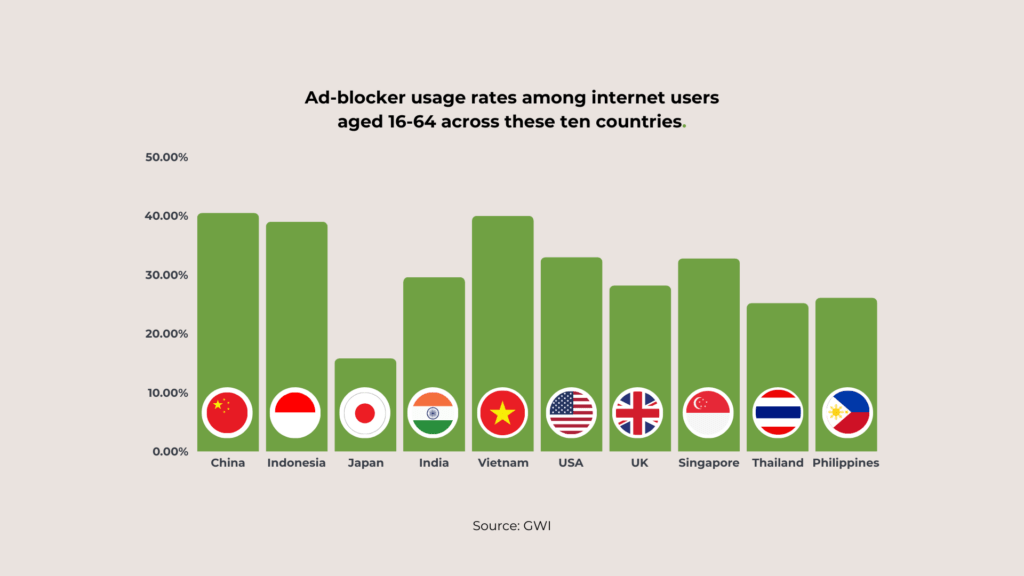





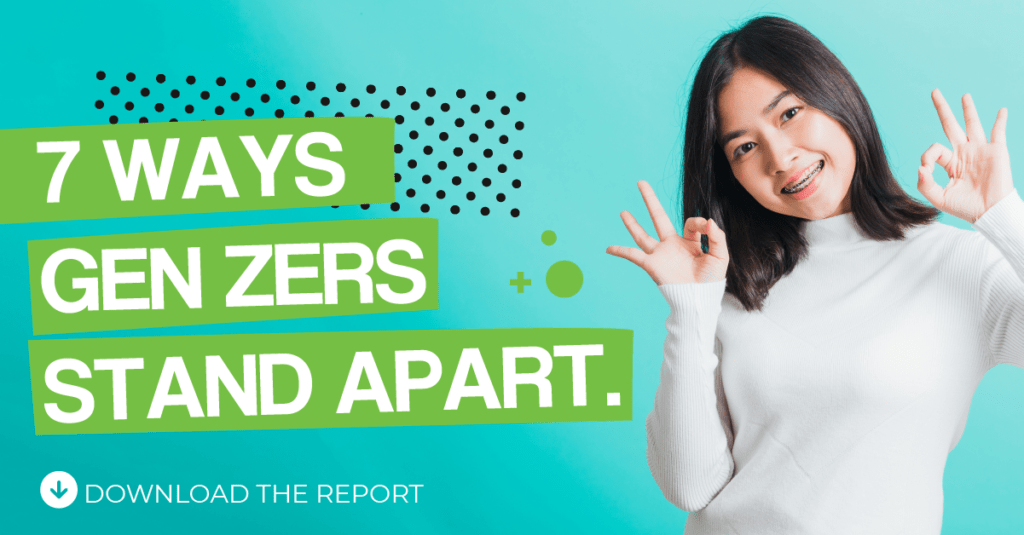
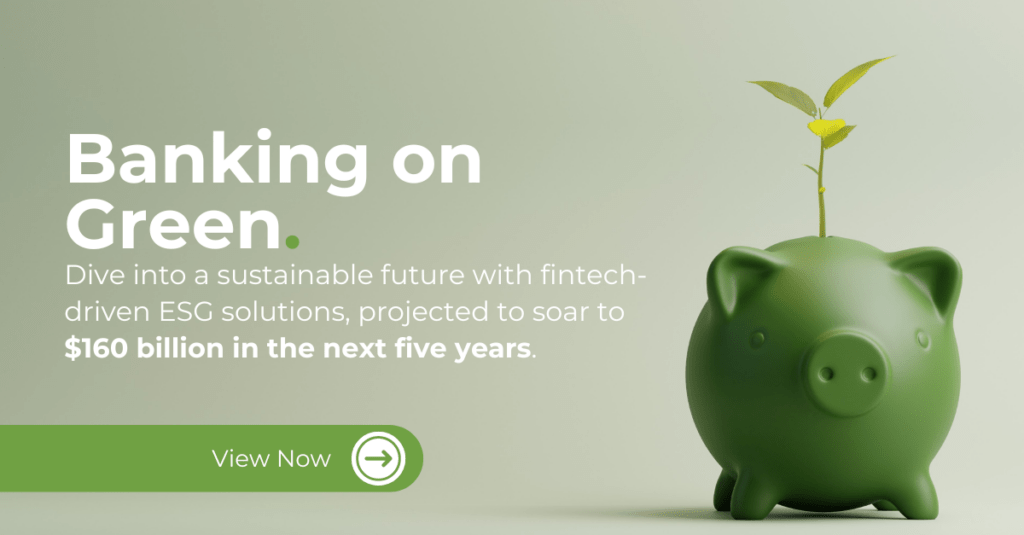


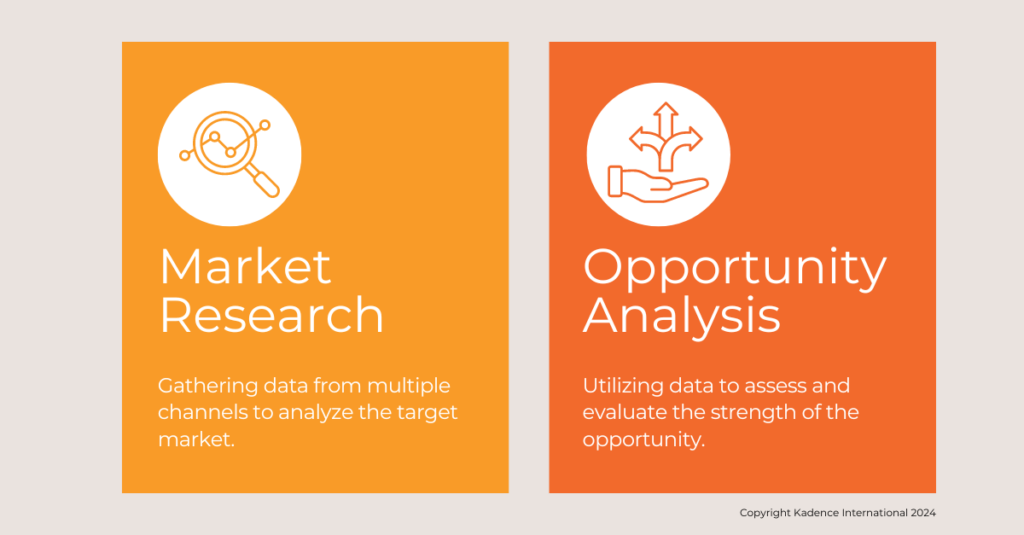
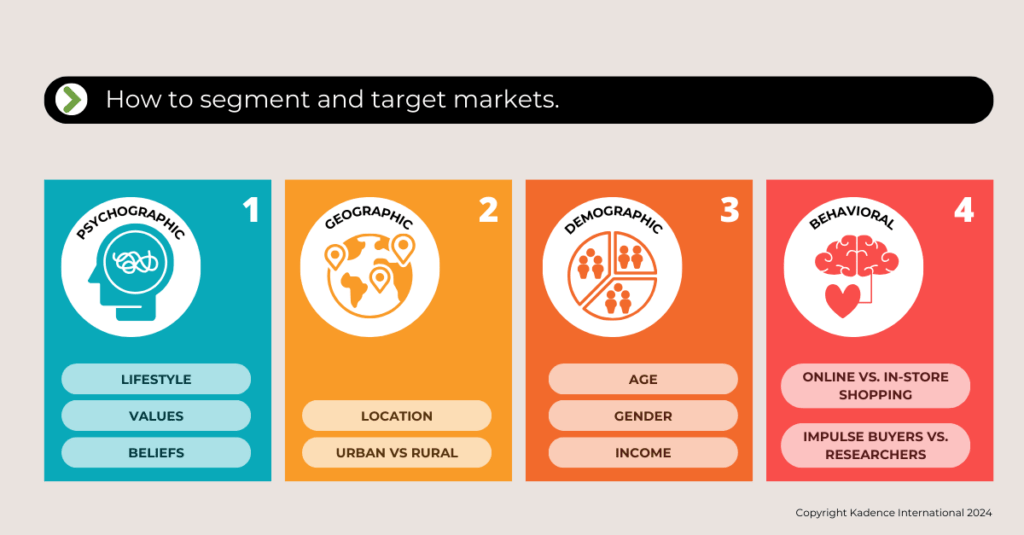
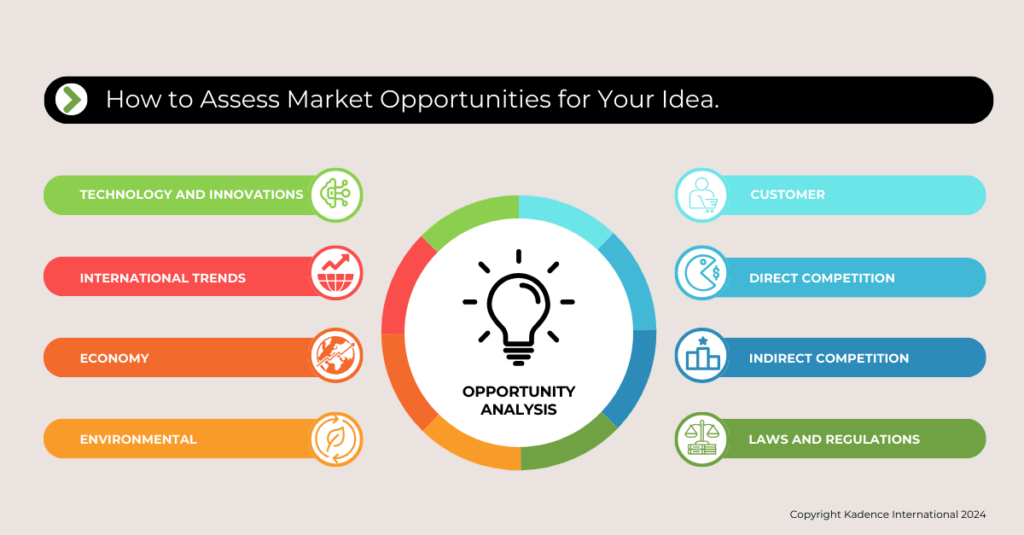
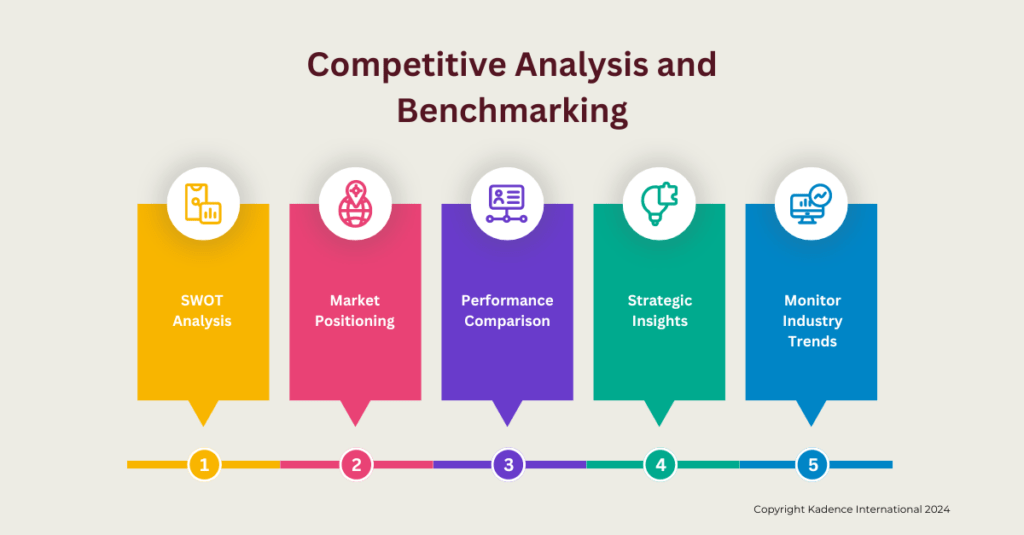


 Senior Marketing Executive
Senior Marketing Executive Sales & Marketing
Sales & Marketing General Manager PR -Internal Communications & Government Affairs
General Manager PR -Internal Communications & Government Affairs Vital Strategies
Vital Strategies
 Customer Intelligence Director
Customer Intelligence Director